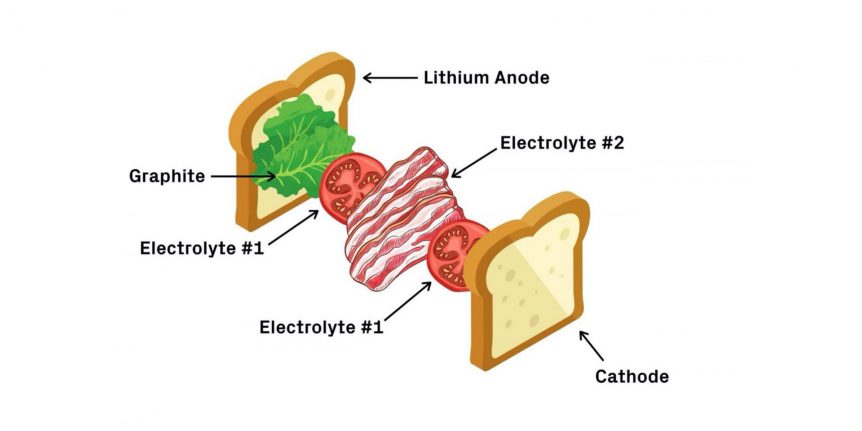Hope reigns eternal for those tracking battery developments. But for once, or even twice, there may be a glimmer of hope with two cutting edge batteries. Researchers at Zhejiang University in China and Harvard University in America report promising numbers for very approaches, as divergent as their geographical locations. Ultrafast All-climate Aluminum-graphene Battery with Quarter-million Cycle Life Researchers at the verbosely named MOE Key Laboratory of Macromolecular Synthesis and Functionalization, Department of Polymer Science and Engineering, Key Laboratory of Adsorption and Separation Materials and Technologies of Zhejiang Province, Zhejiang University, announced their extreme long-life battery under the almost equally verbose title shown above. The journal Science Advances published the research team’s paper in its December 15, 2017 issue, making one wonder why it’s only now being noted in publications here. The abstract for the paper reports remarkably high charge retention after a quarter million cycles and what would seem abusive “folding.” “Rechargeable aluminum-ion batteries are promising in high-power density but …
Daniel Nocera Returns to the Artificial Leaf
Many scientists are turning to mimicking nature to probe its secrets, but Daniel Nocera, the Patterson Rockwood Professor of Energy at Harvard University, has gone far beyond his natural model. Reported in 2012, Nocera came up with the idea of an “artificial leaf,” a silicon sheet with a layer of cobalt-based catalyst that releases oxygen on one side and a layer a nickel-molybdenum-zinc alloy on the other side that releases hydrogen. Several researchers have followed this initial breakthrough, trying different materials and combinations of ingredients. For a while, it looked as though Nocera turned his attention to battery development, but recent news shows he’s back investigating artificial leaves – with great improvements over his initial efforts – and those of nature, it would seem. His newest approach combines the catalytic energy of the original leaf with a bacterium that makes useful fluids out of the hydrogen generated. It makes the leaf’s output a practical liquid – a fuel. It probably …

